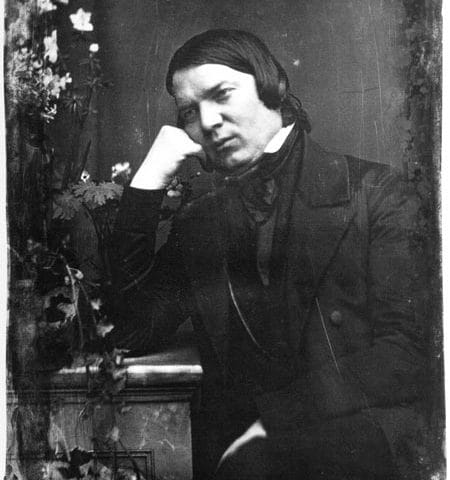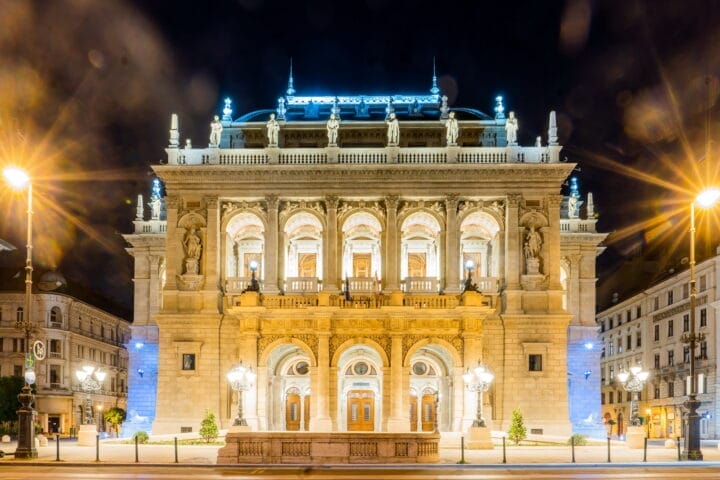As a musician, you’ve likely heard of Niccolò Paganini. He is one of the most renowned violinists of all time, and his creativity and technical prowess were unmatched.
Born in Genoa, Italy in 1782, Paganini rose to fame quickly due to his impressive virtuosity on the violin. His extended technique and improvisational style captivated audiences from all over the world. He was able to perform pieces that no one else could, making him a beloved figure in the classical music world.
In this article, we will explore the life of Niccolò Paganini – from his humble beginnings to his groundbreaking career as a musician and composer. We will look at his creative approach to playing the violin, as well as some of his iconic works that continue to inspire musicians today. Finally, we will discuss what we can learn from Paganini’s unique take on music-making and how it can be applied to our own creativity.
Early Life and Musical Development
Niccolò Paganini was born October 27th, 1782 to Antonio and Teresa Paganini in Genoa, Italy. From a young age his father had the intention of making him a violin master, providing clear instruction and strategies that were only meant to develop his technical skills. At age nine, Paganini began studying with Giovanni Servetto and continued with him until he was seventeen. Afterward, he studied with Alessandro Rolla and then quickly moved on to study with the great composer Giacomo Costa.
These studies allowed him to develop an outstanding technique on the violin as his fingers became incredibly agile due to quality instruction from his mentors. His proficiency allowed him to begin traveling at the age of 19 in order to perform solo concerts throughout Europe. The success of these performances brought popularity and admiration from those who heard him play. He was even given the title “The Devil’s Violinist” due to the daring pieces he performed which included complicated runs and fast tempos that often left audiences astonished at his ability.
Paganini’s Legacy as a Composer
Niccolò Paganini is remembered mainly as a violinist, but he was also an influential composer. His works for solo violin, from the 24 Caprices to the Concertos, are likely his most renowned compositions. His composition style was different for his time and required new techniques to be played correctly. He used arpeggios and vibratos as well as tracing all of the strings when playing, which was a new way of using the instrument.
But Paganini’s influence does not stop there. He was a great inspiration for several other composers, including Brahms and Liszt who wrote pieces in homage to him. In the 19th century, several French composers were inspired by Paganini’s compositions and made their own versions of them. Moreover, his concerto “La Primavera” (Spring) inspired Wagner’s Tannhäuser Overture and Verdi’s Rigoletto Overture as it had a similar structure.
It is clear that due to his skillful playing of the violin and his innovative compositions, Niccolò Paganini has left a huge legacy in music history that is still felt today.
Virtuosity on the Violin
Niccolò Paganini’s skill as a violinist was unmatched. His high degree of virtuosity earned him the nickname “the Devil’s fiddler”, referring to his incredible ability to play with extreme speed, precision, and improvisation.
Technical Skills
His technical prowess included the use of unusual string playing techniques such as left-hand pizzicato, double harmonics, and multiple-octave scales. He was also well-known for performing simple pieces with extraordinary levels of technique.
Violin Mastery
Paganini perfected a unique style that blended technical mastery with pure emotion. He was renowned for his daring compositions and improvisations, which showcased his immense talent and inspired generations of violinists after him. His creative approach to the instrument gave him an edge over other composers and players in terms of both technical skill and musical expression.
With Paganini at the helm, the violin was pushed to its limits – revealing new possibilities in both classical and modern music. His influence continues to be felt today in performances everywhere from major concert halls to local pubs.
Musical Arrangements and Technique
Niccolò Paganini was a composer, violinist and arranger of both solo and orchestral works. He is credited with the invention of a wide range of innovations that revolutionized the way music was played by fellow musicians. He developed his own performance techniques, such as harmonics, trills and left hand pizzicato.
His creative interpretations on the violin led to new musical arrangements and styles never seen before. He revolutionized the way music was written by introducing extended techniques such as rapid vibrato, string crossing and double stopping. He also employed an inventive use of harmonics – where only certain notes of an interval were played – to create a more mesmerizing effect than what had been heard before. His compositions were so difficult to replicate, which meant that he was able to hold a monopoly over the violin during his lifetime.
Paganini’s advances in technique opened up many possibilities for other composers who sought to follow in his footsteps, pushing the boundaries of musical creativity even further than what he had accomplished in his lifetime.
Social Impact and Reception of Paganini’s Work
Niccolò Paganini was one of the most well-known violin players of his time, with a career that spanned decades. His virtuosic playing was revolutionary and often astonished audiences. Many listeners attributed his technique to some dark, mysterious forces such as witchcraft or the Devil – it was rumored that he had sold his soul to the latter in order to achieve greatness on the instrument.
While Paganini mostly received glowing reviews during his career, it wasn’t all accolades; detractors labeled him as a ‘heartless showman’ whose melodrama overshadowed any subtlety or restraint that should have been present in a classical performance. Despite this, Paganini’s reputation as an international virtuoso quickly spread, and by the end of his life he had become a renowned symbol of artistic excellence not only in Italy but around the world.
Ongoing Influence of Paganini’s Music
Niccolò Paganini’s musical legacy has been a lasting one, inspiring music from later composers such as Johannes Brahms, Hector Berlioz and Franz Liszt. His twenty-four Caprices for Solo Violin remain the most impressive and renowned pieces of music he has created.
These compositions not only challenged Paganini’s own skills, but those of violinists ever since. The technical skills needed to master them and the pathos in their emotion have made them popular staples of classical recitals over 160 years after first being composed.
The influence of his work can be felt in the compositions of other famous composers over the decades. In 1989, Grammy Award-winning composer Christopher Rouse wrote a Paganini-style concerto called Gorgon; the piece incorporated Paganini’s themes and stylistic elements throughout.
Wherever in the world you may be, chances are that you have heard Niccolò Paganini’s music on some level — through a performance or through its influence in modern pieces written by other composers.
Much of Niccolò Paganini’s musical accomplishments remain little known, even in today’s classical music circles. Nonetheless, the legacy of the ingenious violinist lives on. His prolific catalog of works, notably his 24 Caprices for Solo Violin, has inspired generations of musicians and composers. The violinist also devised new techniques for playing violin, adding a level of virtuosic flair to the instrument that likely could never have been dreamed of before.
With his combination of creativity and innovation, Paganini managed to carve out a space for himself in the classical music canon, becoming one of the most influential musicians of all time. Despite his life being cut short at age 57, Paganini’s tremendous impact continues to be felt through the musicians and composers that he has inspired.











